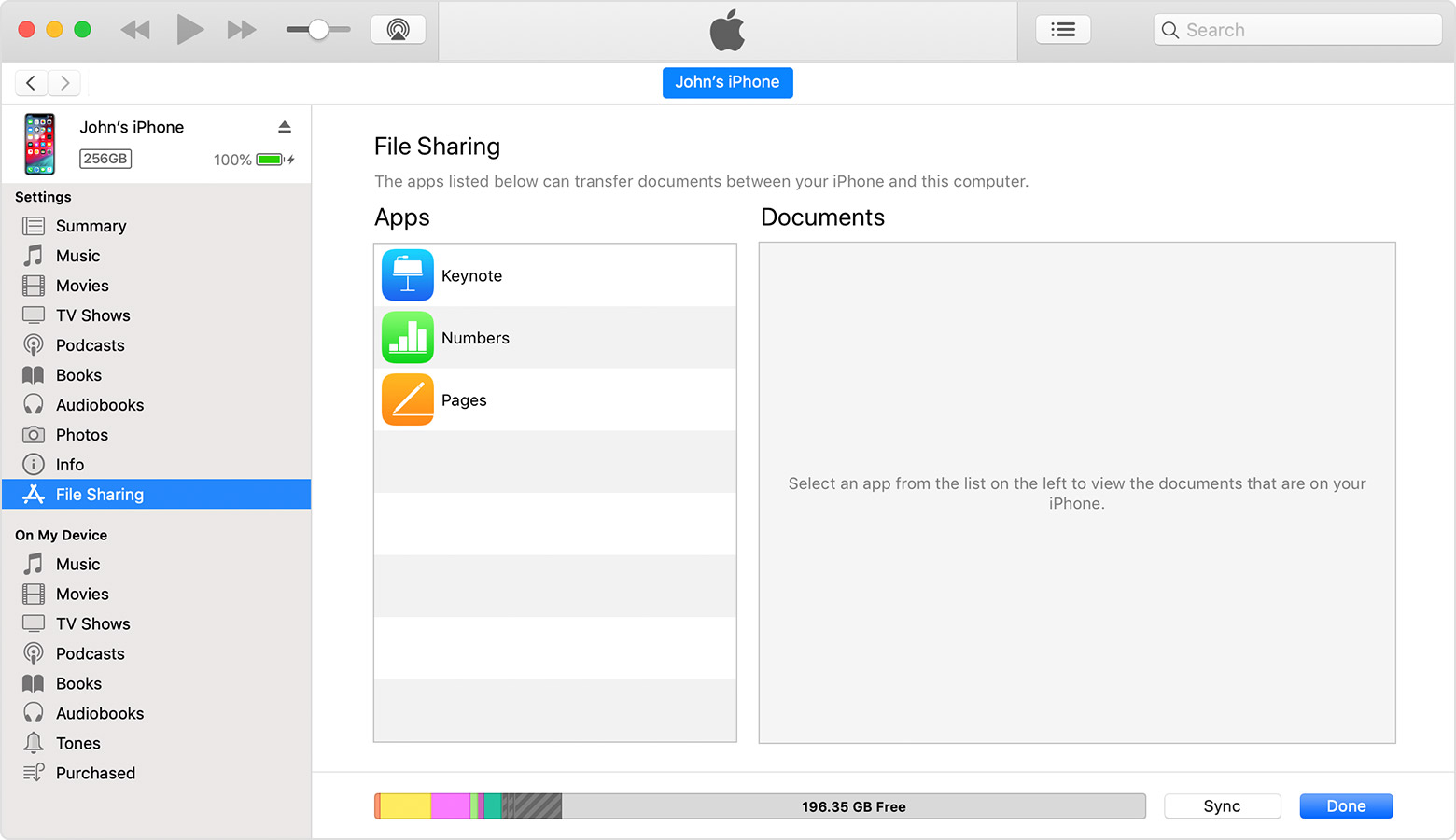Transferring My Itunes Library From Mac To Pc
By default, the User Library folder is hidden in Mac OS 10.7 and above. Mac os x library folder. (Lion / Mountain Lion and above)Most users won't need to get into this important folder, and it was Apple's idea to hide the folder, to prevent novice users from accidentally trashing important docs. The user library's location is here: Macintosh HD Users YourUserName LibraryOnly one problem The User Library is hidden From view in the latest versions of the OS. We'll cover a few different methods to easily access this hidden folder.The User Library is home to many 'under the hood' files and folders that correspond to the various Apps and system processes in your computer.
Unlike old days, now you can easily transfer the data from iTunes on your older computer to the newer computer using copy/paste or Migration Assistant application available for Windows and macOS. If you are transferring iTunes to a Windows computer, there is no way except manually transferring the data, but the Mac users can take advantage of Migration assistant application present in El Capitan or Sierra on your Mac. Mar 06, 2019 Transfer iTunes Library from Mac to PC. Open one of your other PC like Windows computer, and download the iTunes,and iMusic as well, launch iMusic, go to it's music icon on the left top corner, and then click the 'Add' icon on the right top corner to add the files from your iTunes file. Part 2: Free Way to Transfer iTunes Library from Mac to PC. Move iTunes Library from Mac to PC with iMyFone TunesMate iMyFone TunesMate is a complementary app for your apple device that will allow you to freely transfer your.
Here are some things to know
Your iTunes library, a database that's made up of all of the music and other media that you add to iTunes for Windows, is organized into two iTunes library files and an iTunes Media folder.
Before you back up your media:
Spend moneyMoney is the ultimate cure for stubborn slowdowns.Add RAM: If your Mac doesn’t already have its maximum amount of memory installed, and if its memory is accessible for upgrades, adding RAM is the quickest and cheapest way to add zip to your Mac. Shifting from a conventional hard drive to an SSD drive can speed things up, too. Mac processing library folder free. For more information about adding RAM, see Apple’s guidelines for the, the, the, the, and the.Get a bigger hard drive: If you continually bump up against your hard drive's space limits, consider replacing it with a larger-capacity drive or offloading some of your files to an external drive. The site contains useful step-by-step guides to replacing the hard drive on many Mac models.Buy a new Mac: If you can afford it—and especially if your Mac is more than three years old—your best bet might be to buy a new one.
- Consolidate your iTunes library.
- Redownload any previous purchases, like music, movies, TV shows, and more. The only way to back up your purchased media is to download your purchases to your computer.
iTunes and Store availability and features might vary by country or region. Learn what's available in your country or region.
If you have a Mac
In macOS Catalina, your previous iTunes media library is now available in the Apple Music app, Apple TV app, Apple Podcasts app, and Apple Books app. And when you back up your Mac, your media library is automatically included in that backup.

Consolidate your iTunes library
- Open iTunes.
- From the menu bar at the top of your computer screen or at the top of the iTunes window, choose File > Library > Organize Library.
- Select Consolidate files.
- Click OK.
When you consolidate, copies of any files that were outside of your iTunes Media folder are added to your iTunes Media folder. To save space on your hard drive, you might want to delete the original files after you make sure that the copies are in your iTunes Media Folder.
Find the iTunes Media folder

By default, your iTunes Media folder is in your iTunes folder. To find it, go to User > Music > iTunes > iTunes Media.
If you don't see your iTunes Media folder in the above location, here's how to find it:
- Open iTunes.
- From the menu bar at the top of the iTunes window, choose Edit > Preferences.
- Click the Advanced tab.
- Look in the box under 'iTunes Media folder location' for the location of your iTunes Media folder.
Back up your library and media files
After you consolidate your media files, you can back up your library and media files to an external drive.
- Quit iTunes.
- Find your iTunes folder.
- Right-click on your iTunes folder, then choose Copy.
- Go to your external hard drive, then right-click and choose Paste.
Restore your library from a backup
You can restore your iTunes library from your external drive to your computer. If you're restoring an iTunes Library from a different computer, make sure that your new computer has the latest version of iTunes.
Itunes To Pc Transfer Free
- Quit iTunes.
- Go to 'This Computer,' then click your external drive.
- Select your iTunes folder, then right-click and choose Copy.
- Go to the location on your computer where you want your iTunes library, then right-click and choose Paste.
- Hold down the Shift key while opening iTunes.
- When you see a message that asks you to Choose iTunes Library, click Choose Library.
- Choose the location where you copied your iTunes folder.
- Click Open.
- Choose the iTunes Library.itl file inside.